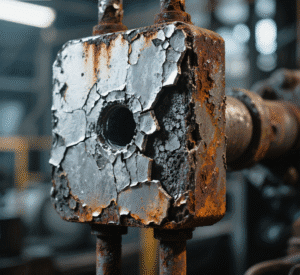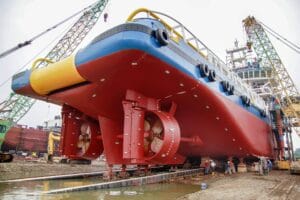You might hear the term "CNC titanium parts" used in industries like aerospace or medical, but what does it really mean? Not knowing can make you feel behind on modern manufacturing. Let’s explore this precise technology.
Simply put, CNC titanium machined parts are precision components made from solid titanium using Computer Numerical Control (CNC) machines. Their unique strength, light weight, and corrosion resistance make them highly valued.
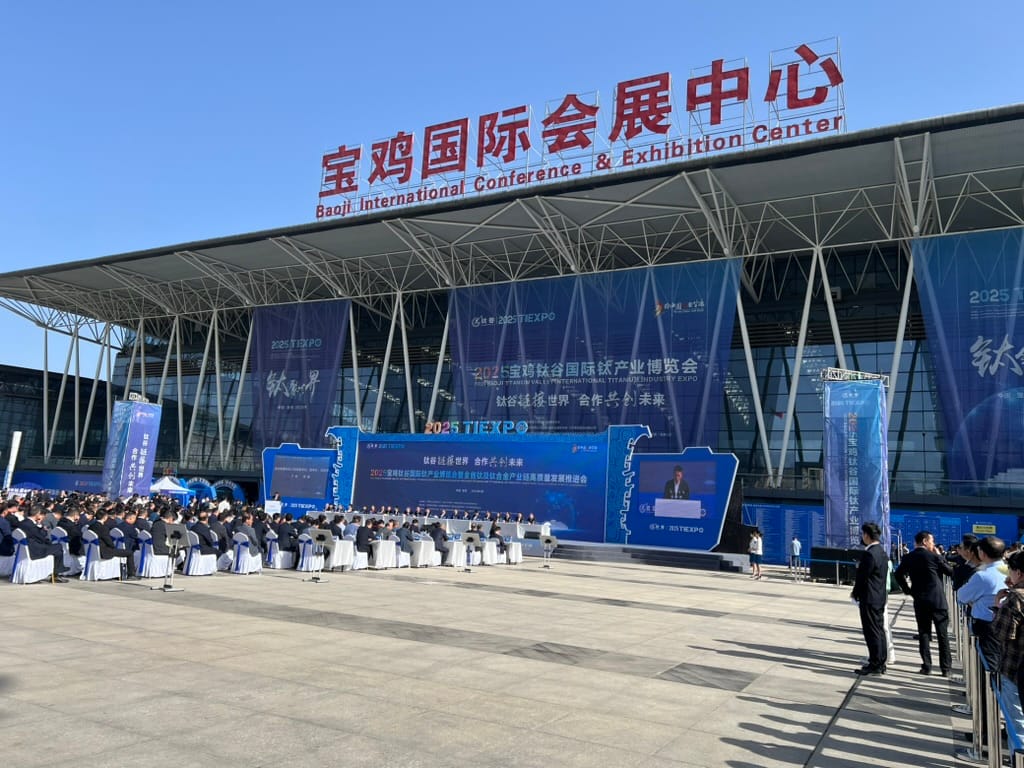
This year, I had the chance to attend the Titanium Expo right here in my hometown, which happens to be a major center for titanium production in China. Seeing experts gather from around the globe really highlighted how much demand for titanium is growing worldwide. This increasing interest naturally leads to a greater need for precisely manufactured titanium components. So, the question arises – how are these parts actually made, and what makes them special? It all comes down to CNC machining, a fascinating process that turns raw titanium into incredibly accurate parts used in demanding applications. Let’s dive into how it works.
Can titanium be CNC machined?
Titanium has a reputation for being incredibly strong and tough. This might make you wonder if it’s even possible to cut and shape it accurately using machines. Let’s address this common question directly.
Absolutely. While titanium’s toughness presents challenges like high heat generation and increased tool wear, modern CNC machines combined with specialized cutting tools, coolants, and specific techniques allow for precise and effective machining.
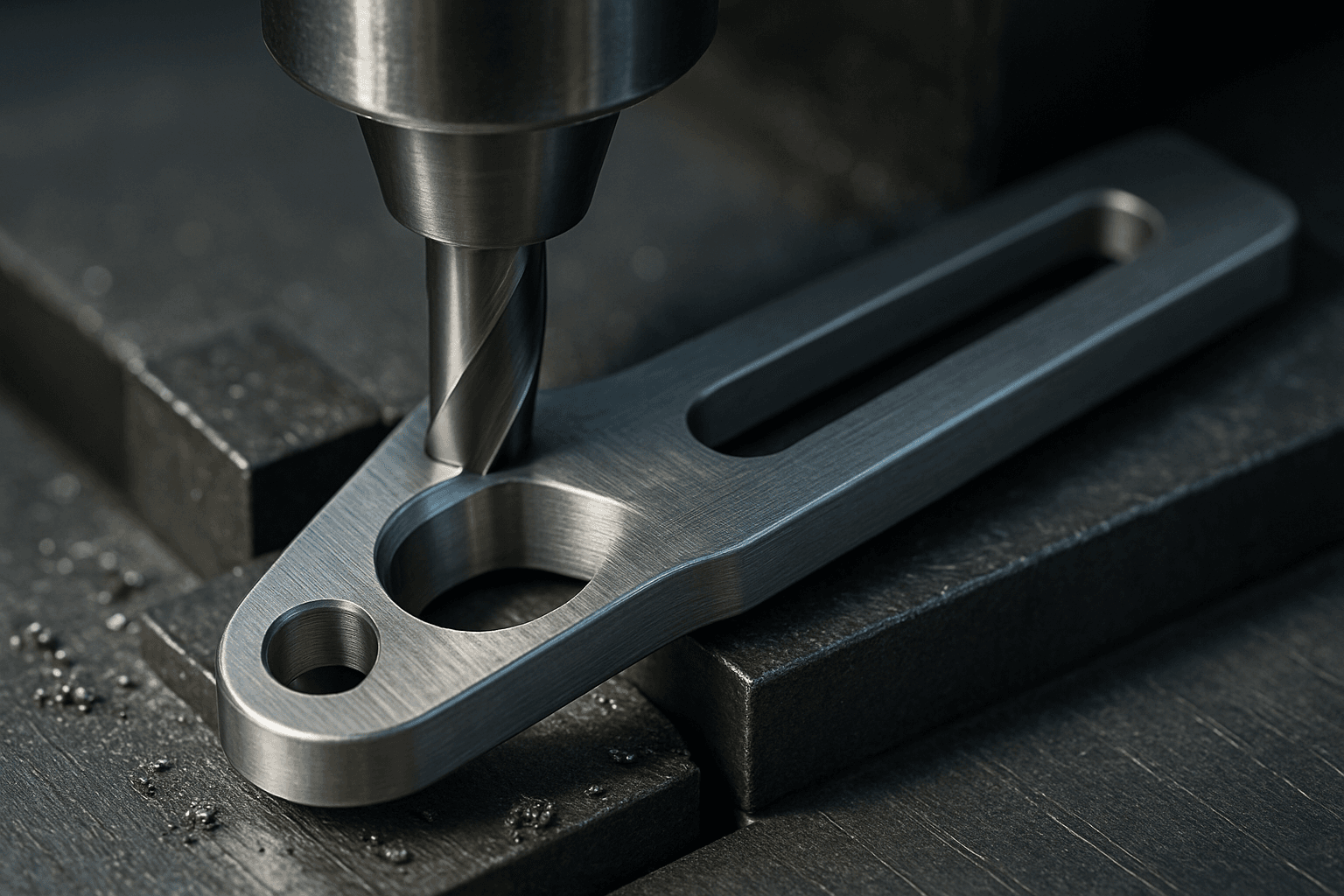
Diving Deeper: Machining the ‘Unmachinable’
The idea that titanium is hard to machine isn’t wrong, but "hard" doesn’t mean "impossible." It just requires a different approach compared to softer metals like aluminum or even many steels.
Why It’s Possible
Modern manufacturing has developed ways to handle titanium’s unique properties. CNC machines offer the rigidity and precise control needed. Advances in cutting tool materials (like solid carbide) and coatings mean tools can better withstand the demands of cutting titanium. It’s about using the right equipment and the right strategy.
Key Considerations
Successfully machining titanium relies on several factors:
- Rigid Setup: The machine and workpiece must be held very securely to prevent vibrations.
- Sharp Tools: Tools dull quickly with titanium, so sharp, high-quality tools are essential. Carbide tools are common.
- Low Cutting Speeds: Reduces heat buildup.
- High Feed Rates: Keeps the cutting edge engaged and helps manage chip formation.
- Abundant Coolant: Crucial for dissipating heat and flushing away chips. High-pressure, water-based coolants are often preferred.
Common Alloys
The most commonly machined titanium alloy is Grade 5 (Ti-6Al-4V). It offers a great balance of strength, corrosion resistance, and relative machinability compared to some other titanium grades. Pure titanium grades (like Grade 2) are softer and easier to machine but less strong.
| Material | Relative Machinability | Key Challenge |
|---|---|---|
| Aluminum | Excellent | Gummy (some alloys) |
| Mild Steel | Good | Standard wear |
| Titanium | Fair to Poor | Heat, Tool Wear |
What is CNC machined parts?
The term "CNC machined parts" sounds quite technical and complex. If you’re not familiar with it, you might miss out on understanding a core process in modern manufacturing. Let’s break down this fundamental concept simply.
CNC machined parts are components created using Computer Numerical Control machines. These automated machines follow pre-programmed digital instructions to precisely cut, drill, mill, or turn raw material stock into a finished part.

Diving Deeper: The World of CNC Machining
CNC machining is a cornerstone of modern manufacturing, allowing for the creation of complex parts with high precision, whether from titanium, steel, aluminum, plastics, or other materials.
The CNC Process
It typically starts with a digital design:
- CAD Model: A part is designed using Computer-Aided Design (CAD) software, creating a 3D model.
- CAM Programming: Computer-Aided Manufacturing (CAM) software translates the CAD model into machine instructions, planning toolpaths and cutting parameters.
- G-Code Generation: The CAM software outputs a program, usually in a language called G-code, that the CNC machine can understand.
- Machine Execution: The CNC machine controller reads the G-code and precisely controls the movement of the cutting tools and the workpiece to shape the raw material into the final part.
Types of Operations
CNC machines can perform various operations, including:
- Milling: Using rotating tools to remove material from a stationary workpiece.
- Turning (Lathes): Rotating the workpiece against a stationary cutting tool.
- Drilling: Creating holes.
- Grinding: Using abrasive wheels for high-precision finishing.
Advantages of CNC
Compared to manual machining, CNC offers significant benefits:
- Accuracy & Precision: Machines can achieve very tight tolerances, consistently.
- Repeatability: Once programmed, the machine can produce identical parts many times.
- Complexity: Enables the creation of intricate shapes that would be difficult or impossible manually.
- Automation: Reduces labor costs and allows for continuous operation.
This precision and repeatability are why CNC is essential for industries needing high-performance parts, like the aerospace, medical, and automotive sectors I often supply materials for.
What are the risks of machining titanium?
Knowing that titanium can be machined is one thing, but it’s also important to understand the risks involved. Ignoring these challenges can lead to damaged parts, broken tools, wasted material, and even safety hazards in the workshop.
The main risks when machining titanium include intense heat generation at the cutting point, rapid tool wear or sudden breakage, chemical reactivity leading to material sticking (galling), and potential fire hazards from fine titanium chips.
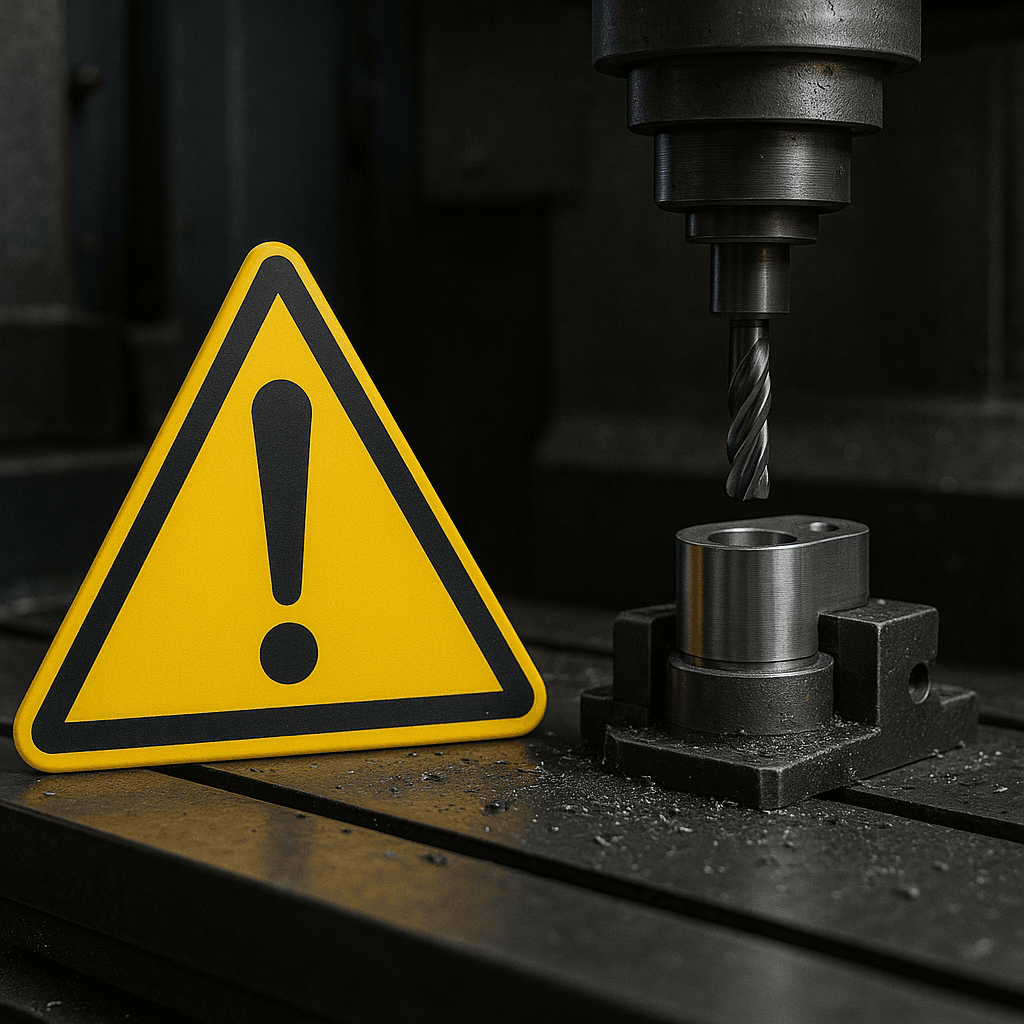
Diving Deeper: Handling Titanium Machining Challenges
Successfully machining titanium requires awareness and specific strategies to manage the inherent risks. Experience plays a big role here.
Heat Generation Issues
Titanium is a poor conductor of heat. This means the heat generated during cutting doesn’t dissipate quickly through the workpiece or chips; instead, it concentrates right at the cutting tool’s edge. This extreme heat can damage the tool, affect the surface finish of the part, and even alter the material properties locally. Copious amounts of coolant are essential to combat this.
Tooling Challenges
The combination of high heat and titanium’s toughness leads to rapid tool wear. Tools can dull quickly, chip, or even break catastrophically if cutting parameters aren’t right. This increases tooling costs and requires careful monitoring. Using the correct tool geometry, material (like carbide), and coatings is critical. Low speeds and consistent feed rates help preserve tool life.
Reactivity and Fire Risk
Titanium can be chemically reactive at high temperatures, tending to weld or stick to the cutting tool (galling). This degrades the cutting action and surface finish. Furthermore, fine titanium chips or dust, especially when mixed with oil-based coolants, can be flammable and pose a significant fire risk if ignited by a spark.
Mitigation Strategies
Experienced machinists manage these risks through:
- Using sharp, appropriate tooling.
- Employing low cutting speeds and high, consistent feed rates.
- Applying high-pressure coolant effectively (water-based often preferred for fire safety).
- Ensuring machine and fixture rigidity.
- Implementing good chip management and housekeeping to minimize fire hazards.
Understanding these risks is crucial for anyone ordering or manufacturing titanium parts.
What materials cannot be CNC machined?
CNC machining is incredibly versatile, handling metals, plastics, wood, and composites. But can absolutely anything be put into a CNC machine? Assuming every material is suitable could lead to attempting projects that are impractical or impossible.
While CNC is flexible, some materials are generally considered unmachinable. These include extremely hard substances like diamond, very soft or gummy materials that deform instead of cutting, and certain brittle or hazardous materials.
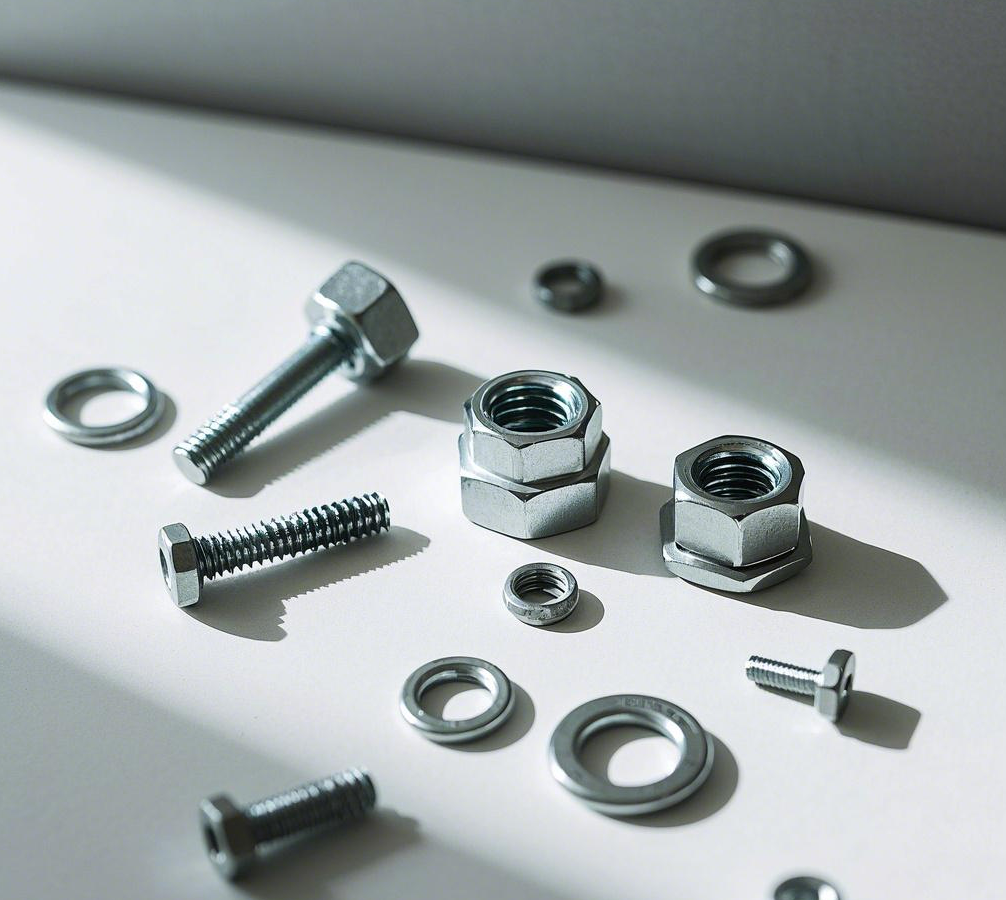
Diving Deeper: The Limits of Machinability
The ability to machine a material depends on its physical properties relative to the cutting tools and process forces.
Hardness Limits
You generally can’t machine a material that is significantly harder than your cutting tool. Tools are often made of high-speed steel, carbide, or have diamond coatings. Materials like industrial diamond, some advanced ceramics (e.g., high-purity alumina), or hardened tool steels might be too hard for conventional CNC machining (though specialized processes like grinding or EDM might work).
Softness and Deformation
Conversely, extremely soft, flexible, or ‘gummy’ materials can be problematic. Instead of forming a clean chip, they might just stretch, tear, or clog the cutting tool. Think of trying to machine very soft rubber or certain low-durometer plastics. Specialized techniques (like cryogenic machining) might sometimes help, but standard CNC often struggles.
Brittleness Concerns
Very brittle materials, like standard glass or some ceramics, can easily fracture or shatter under the stress of the cutting tool rather than being cut cleanly. While techniques exist for machining brittle materials (like ultrasonic machining or specialized grinding), standard CNC milling or turning is often unsuitable.
Hazardous Restrictions
Some materials pose significant health or safety risks that make machining them impractical without highly specialized equipment and containment procedures. Examples include asbestos or materials like beryllium, which produce toxic dust when machined.
It’s important to remember that ‘machinability‘ isn’t always black and white; it’s often a spectrum, and technology continuously evolves to handle more challenging materials.
Conclusion
CNC titanium machined parts are key components created with high precision for demanding industries. While machining strong titanium presents challenges like heat and tool wear, it’s definitely achievable with the right techniques and equipment.




